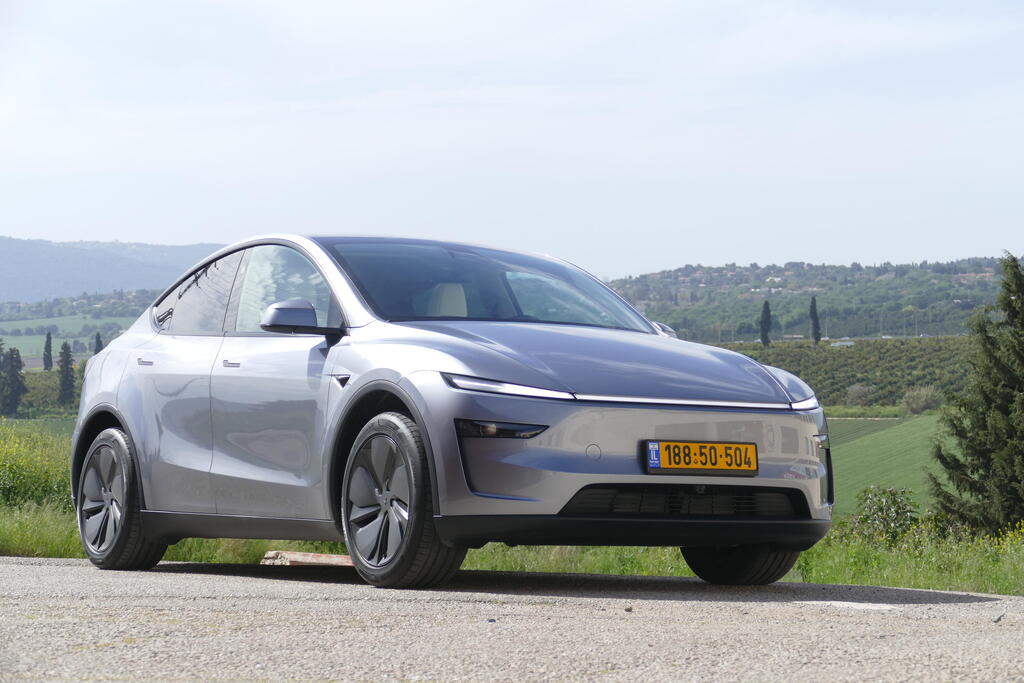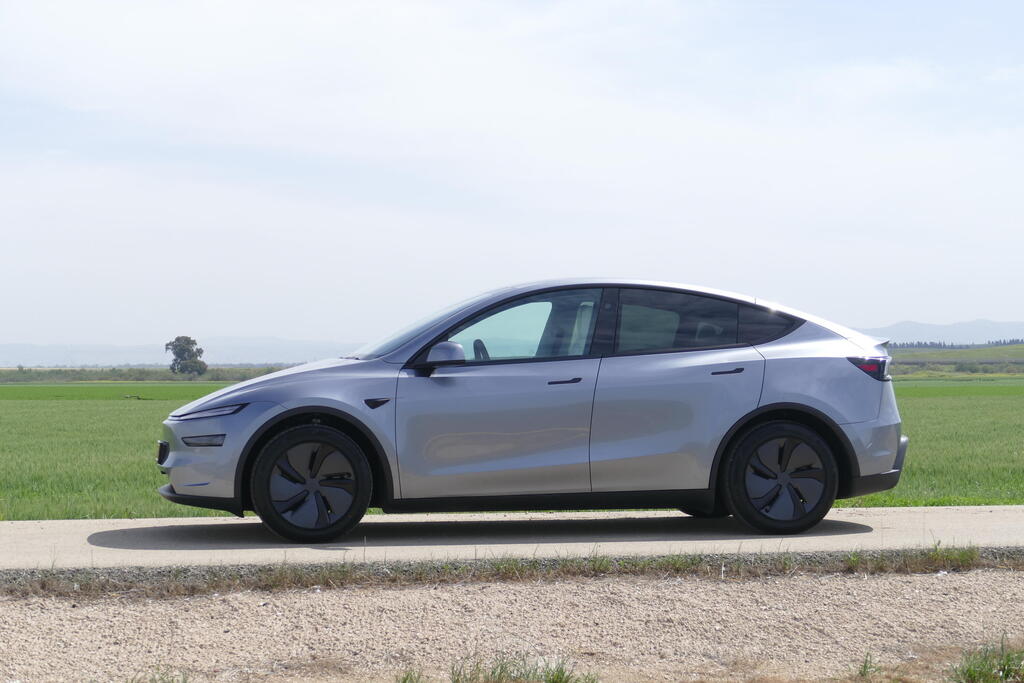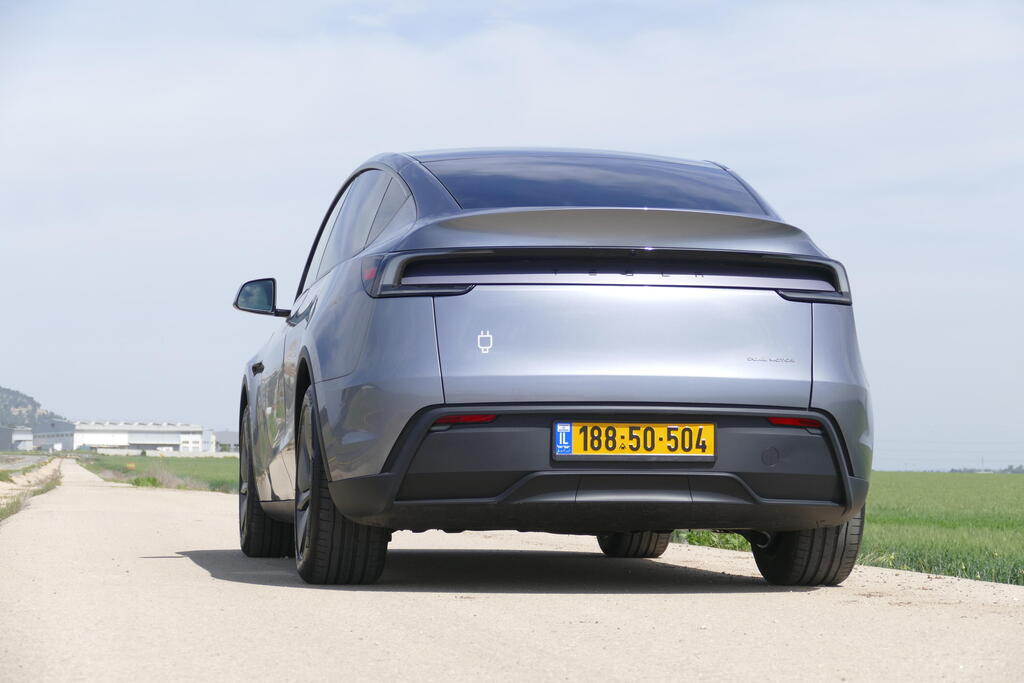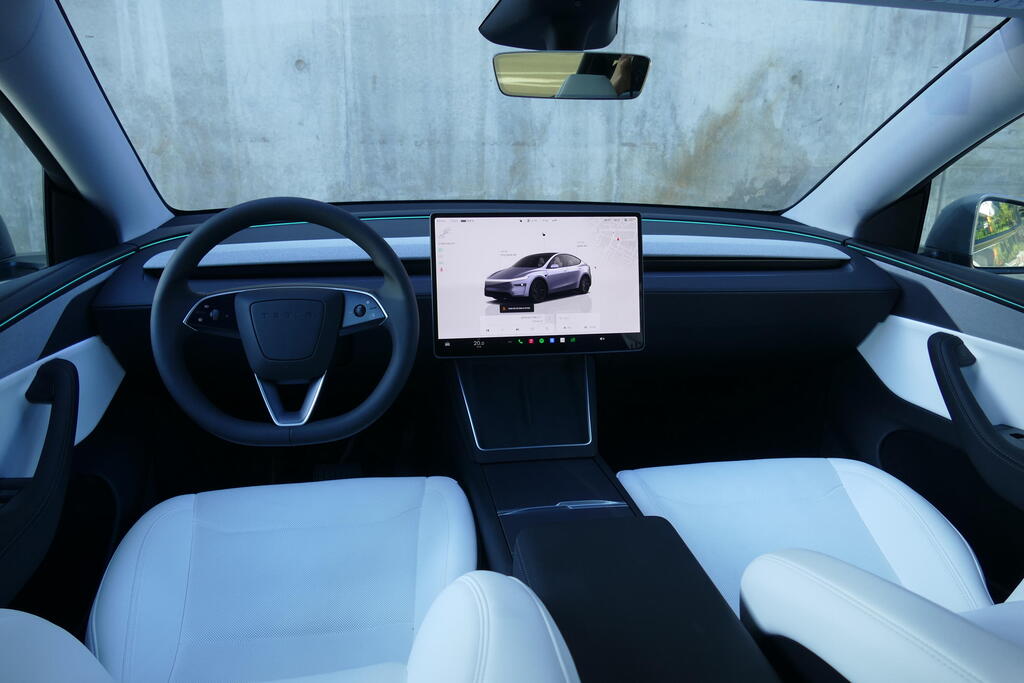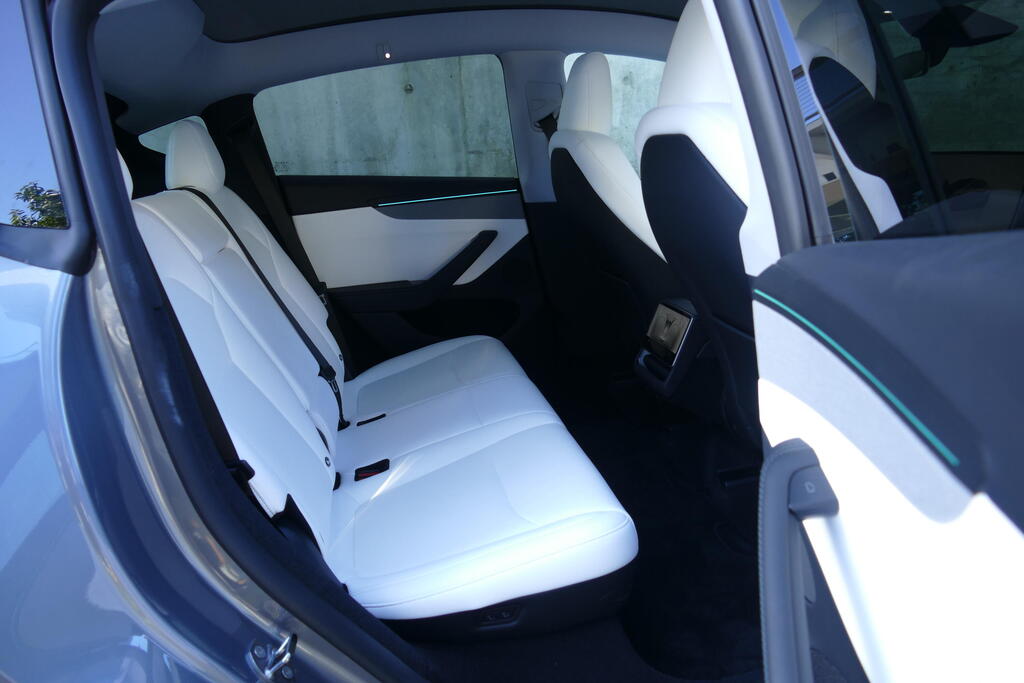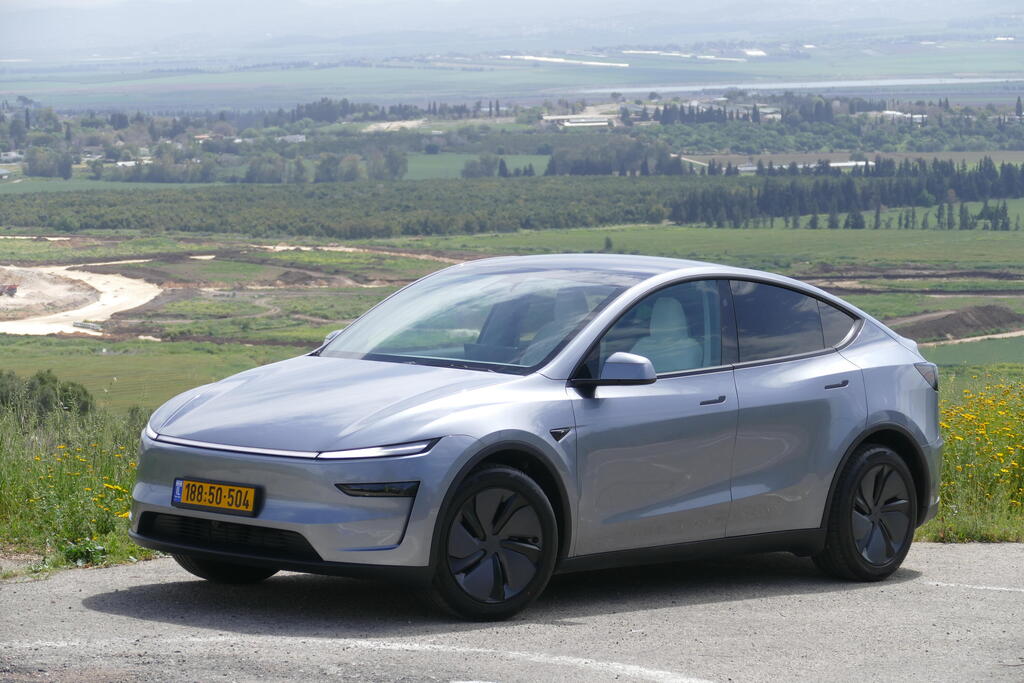It's hard to think of a brand that has transformed the automotive industry in recent decades as dramatically as Tesla, which has forced all automotive giants into a frenzied race away from diesel and gasoline toward electric power. It wouldn't be an exaggeration to say Tesla was practically the spark that ignited the greatest revolution in car manufacturing since the Ford Model T. Yes, it's that significant.
Tesla's Model Y, the American manufacturer's fourth model introduced six years ago, completed its triumph in 2023 by becoming the world's best-selling car, a title it retained last year as well. Symbolically enough, the Model Y replaced the Toyota Corolla, the vehicle perhaps most representative of the conservative side of the auto industry.
Still, an update was overdue—not only because automakers tend to refresh their models every three or four years at most, but mainly because competition in the electric crossover SUV category has become tougher than ever, with an impressive array of excellent models from various manufacturers. There's another reason, too: the initial rush toward electric cars has significantly cooled, and Tesla is clearly feeling the impact—not just from this slowdown, but also from Elon Musk's controversial actions (though that's another story), resulting in the company's lowest sales figures in years.
Summary: The facelift of the Model Y was not an easy task for Tesla, which, oddly enough, found itself in a position similar to that of the classic Volkswagen Golf and Toyota Corolla. So many consumers liked the car exactly as it was, that every change had to be carefully measured to avoid spoiling its success—essentially an "if it ain't broke, don't fix it" scenario.
Yet, the previous Model Y was aging quickly, especially given the arrival of strong competitors. We appreciated some of the changes made, particularly improvements in ride quality, better conditions for rear-seat passengers, and clever solutions for cargo spaces. However, we were less enthusiastic about the updated design, which simply lacks uniqueness—something you definitely couldn't say about its predecessor.
- Direct competitors: XPeng G6, Hyundai Ioniq 5, Volkswagen ID.5
- Test vehicle price (base): $86,000 ($78,000)
- Pros: Performance, dynamic driving, driving range
- Average: Charging system, ride comfort, touchscreen
- Needs improvement: Glass roof, price
- Score: 8
In other areas, the updated Model Y remains similar to its predecessor, including the excellent but demanding operating system, a drivetrain offering strong performance, and generous driving range. Surprisingly, the fast-charging system was not upgraded, causing Tesla—once the leader in charging technology—to fall behind prominent rivals in this area.
So what have we here? It seems the updates to the Model Y were primarily intended to satisfy the need to stay fresh (and encourage existing owners to upgrade), much like with the iPhone. One thing is certain: if you liked the outgoing model, you'll like the new one too. That's good news for the world's best-selling car, but there's one big caveat—are there now enough tempting alternatives outside Tesla's ecosystem to make loyal buyers switch teams? And will the fact that the Model Y is currently the most expensive option among outstanding rivals (by a significant margin) negatively impact sales? Answers to these questions will come soon.
What's different: The appearance has been updated primarily at the front, with the hood sloping downward at a sharper angle and larger air intakes at the corners of the bumper, slightly improving the drag coefficient (from 0.23 to 0.22). Front lights now include a connecting strip, and surprisingly, the Tesla emblem has been removed. How can you tell it's a Tesla and not some other Chinese model? You can't.
The rear bumper was redesigned, protruding further to reduce damage (especially from parking incidents or rear-end collisions) to the trunk lid. The trunk lid now includes a more prominent spoiler and a wide, impressive taillight unit. But again, how do you know it's a Tesla? Refer back to the previous paragraph.
The interior has significantly upgraded materials and build quality, without the previous aging wood strip. Comfort features have been enhanced, including a front camera (in addition to rear and side cameras displayed on the touchscreen when signaling), electrically adjustable rear seatback angle, and an 8-inch touchscreen for rear passengers controlling climate and entertainment.
Other equipment remains similar: electrically adjustable and heated front seats (rear heated as well), dual wireless charging pads, an electrically operated tailgate, and a huge fixed glass roof without a cover—already troublesome in spring driving and guaranteed to be even more challenging in summer. Unfortunately, any paint color other than white costs extra, as does lighter-colored seat upholstery.
According to Tesla, structural reinforcements slightly increased body rigidity, and suspension geometry was revised, including new tuning for springs and dampers. The improvement is noticeable. Ride comfort is significantly better, and dynamic driving ability remains at least as high as the outgoing model. Additional insulation and double-glazed windows (front and rear) are supposed to reduce road and wind noise, though this doesn't always work as intended.
The brake-by-wire system is said by Tesla to mimic a regular braking feel even when selecting higher or lower regenerative braking modes. However, it's too abrupt and lacks feedback—just like the steering system, which is quick (less than 2.5 turns lock-to-lock) but devoid of feedback in any of the three power-assist modes.
What's unchanged: Tesla's operating system remains familiar, and once again, we praise the excellent smartphone app (Hyundai, are you listening?), which controls countless features. However, the stubborn elimination of physical switches and the reliance on the large 15.4-inch touchscreen (now also handling gear selections instead of the column shifter from the previous model) is just as annoying as the app is praiseworthy. Activating windshield wipers via the touchscreen—really?
The screen itself remains exceptional, high-quality, and quicker to respond than virtually any other system sold today. But it still requires diverting your eyes from the road to switch menus or even just to check the driving speed. Some screen sections are difficult to read while driving due to their angle—elementary ergonomics overlooked by Tesla.
Physical switches for some basic functions (such as climate control or audio) would still be safer. Also, where is the obvious Apple CarPlay or Android Auto integration that would enable Waze navigation?
The driving position is good with excellent forward and side visibility, though rear visibility is limited by a small rear window and modest rearview mirror. The driver's seat comfort is merely adequate, suffering from a short seat cushion and insufficient support. Oddly, the passenger seat felt even less comfortable.
Get the Ynetnews app on your smartphone: Google Play: https://bit.ly/4eJ37pE | Apple App Store: https://bit.ly/3ZL7iNv
Storage compartments in the center console remain large and practical. Interior dimensions haven't changed, so rear legroom is still excellent, though headroom is slightly compromised by the sharply sloping roof. Moreover, the rear seat is mounted low, limiting forward visibility—not ideal for long trips with kids. And what about grab handles on the ceiling?
The rear cargo area is huge (854 liters), with a large opening and useful compartments under the floor, including storage space for the cargo cover. The front trunk (117 liters) now features a drain plug for easy cleaning—smart.
Safety systems remain unchanged: autonomous emergency braking, lane-keeping assist, adaptive cruise control, and blind-spot warning are standard. However, the extended driving-assistance system ("Autopilot"), which includes automatic lane changes, is only available at extra cost.
The drivetrain remains unchanged in the tested Long Range AWD model, featuring dual electric motors (514 horsepower) enabling excellent performance (0-60 mph in 4.8 seconds). Indeed, it's quicker than most electric rivals, except perhaps the dual-motor XPeng G6, which is $16,300 cheaper.
Despite similar battery capacity (78.1 kWh), the improved drag coefficient officially adds about 35 km of range (now 568 km). During our test, average consumption was around 15.5 kWh per 62 miles, yielding an actual driving range of 289 miles. However, the test day was among the hottest this year, and in milder weather, electricity consumption might be lower.
Fast charging remains unchanged (250 kW), officially charging from 10% to 80% in 27 minutes. Our test took five minutes longer at an ultra-fast Afcon station (360 kW), with a maximum charging rate of 190 kW and a sharp drop in charging speed after reaching around 50% battery level.


